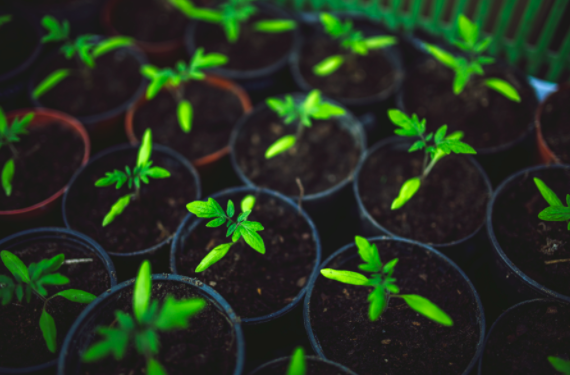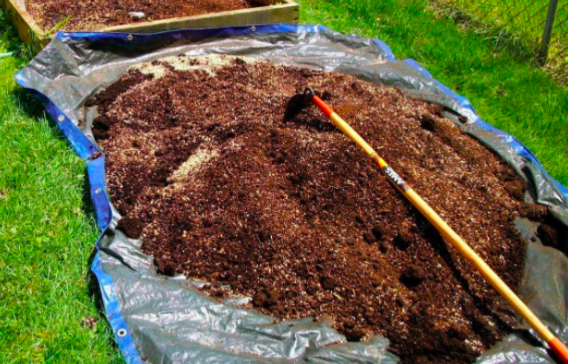
-Tim Leisman-
Organic growing can be intimidating to the newcomer. When I came to Fifth Season, I wasn’t exactly new to organic gardening – I’d helped my mom in the garden many summers, complained about the smell of the manure she would buy to till into the soil every so often, then watched as plants thrived under her care. However, I never took the time to learn exactly how and why she put bone meal into the garden. Have you ever wondered why organic products cost much more in the stores and have much better taste and aroma? It’s all about what the plants eat during their lives!
Fertilizer companies have made it big by offering a simple one-and-done solution to quick plant growth, but many of their products rely on mineral salts and chemical extraction to create quick, but not sustained, growth. Nothing good comes without work, and that applies especially to bountiful harvests. An old adage of organic gardeners is to feed the soil, not the plant. Working on an organic soil takes patience and dedication but pays off with higher-quality harvests.
Fruiting and flowering plants grown with harsh, chemical fertilizers end up without the richness they can get from organic amendments. Plants have thrived for millennia on microorganisms breaking down animal waste and dying plants, creating byproducts that contain not only the three primary building blocks of plant nutrients (nitrogen, phosphorous, potassium) but an array of essential micro and macro nutrients. A common complaint that we hear from growers of fruiting and flowering plants who rely on chemical fertilizers is that they start seeing the typical spotting associated with calcium/magnesium deficiency or mysterious chlorosis, which can come from an iron deficiency. Most basic grow/bloom fertilizers lack these and other key elements that plants rely on to thrive.
Look on the back of a bag of high-quality organic nutrients, such as our Roots Organic Terp Tea, and you’ll see a huge variety of natural elements that together provide the foundation for heavy plant growth. By drawing from these rich sources of nutrients, with micro-organisms activity feeding plant roots and warding off bad bacteria, plants not only become much stronger but also show off the full potential of flavor and taste. In order to get the same balance from chemically-derived nutrient solutions, growers need to mix together several – sometimes many – different harsh, salt-based solutions.

Instead, feed the soil! We have a few easy ways to help you get started. First, if you’re using synthetic nutrients and want to experience some of the benefits of organics without switching from what your plants are used to, consider experimenting with compost teas. Introduce these to your watering schedule to give your plants a hefty helping of micro-organisms and nutrients in between their regular feeding. Try our easy recipe here! If you’re starting with basic soil, we carry a plethora of liquid organic fertilizers from companies such as Nectar for the Gods and Roots Organics. A step further is to prepare a “super soil” that contains an abundance of micro and macro-nutrient sources and micro-organisms that break those elements down slowly, providing a continuous source of nutrition for your plant so you don’t need to mix up liquid feeding solutions.
Any other tips for growers new to organics? Let us know in the comments below!

Leave a Reply